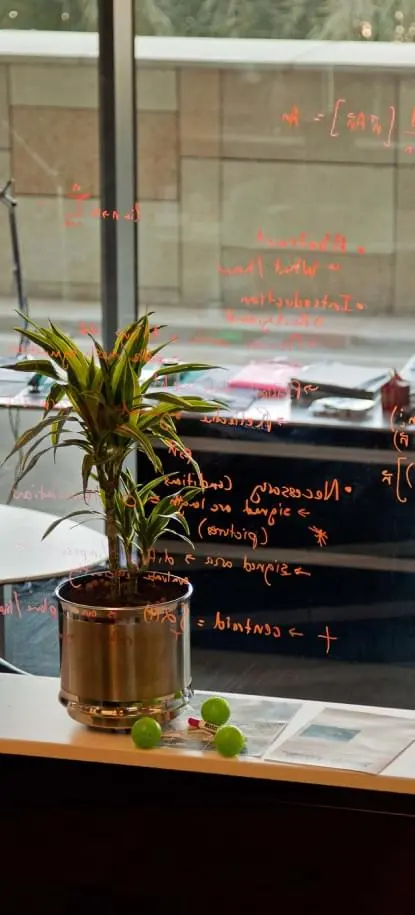




Quick Links:


Faculty have the ultimate responsiblity for the health and safety of staff, students and visitors working in their laboratories. As a faculty it is important that you review the information provided in this section.
A Principal Investigator (PI) is an academic lead researcher in the institution who is responsible for the preparation, conduct, and administration of research projects in compliance with applicable regulations and institutional safety requirements. The PI should also act as a role model and establish a strong safety culture in the laboratory. As such, a successful PI should assume the following responsibilities:
Upon arriving at KAUST and before opening the lab for research, the following steps must take place:
Once your lab space has been allocated, ASEPC will inform the Research Safety Team and for high risk lab a Pre-Operational Safety, Health & Environmental Review Form (POSHER) may need to be completed with Research Safety in order to define, in the early stage of the lab design, any safety requirements. More information regarding Lab Design and Modification in general can be found here Lab Life Cycle Management/ Lab Design and Modificiations.
If lab modifications are required, these will be submitted to PDE&C (Planning, Design, Engineering & Construction) that will prepare a Scope of Work. The Scope of Work will be reviewed and approved by various department in KAUST.
Determine who is the Builidng Point of Contact (link to About us/ BPOC) for the lab area(s).
Once the lab modifications have been
completed and before the lab can be opened and in operation, arrange a meeting with the Building Point of Contact (link) to complete the Lab Safety ReadinessFor more information on lab readiness and the associated process, please visit our webpage (Lab Life Cycle Managment/ Lab Readiness).
For the lab readiness to take place the following must be completed:
Emergencies can create a variety of hazards for workers in the impacted area. Preparing before an emergency incident plays a vital role in ensuring that employers and workers have the necessary equipment, know where to go, and know how to keep themselves safe when an emergency occurs.
The LSR can assist the PI to ensure that the below preparedness measures are in place:
If you have any question, please contact the Research Safety Team at HSE@kaust.edu.sa.
KAUST Health, Safety, and Environment (HSE) has acquired Salute, a new web-based safety management system. Salute contains many modules such as safety training, risk assessments, inspections, incident reporting, and many others that will allow for the management of all HSE needs. By implementing this system, our goal is to further improve the safety culture here at KAUST by having more active participation in safety programs.
All trainings can be taken via our online training portal (Salute). Some training sessions are also offered live and more information can be found on the Research Safety Training webpage.
The laboratories are required to keep track of the purchase, use and disposal of chemicals via the Salute Chemical Inventory. For more information, please visit the Chemical Inventory Webpage.
For more information, please visit ourAssessments webpage.

At KAUST, there are four institutional Safety Committees, which are administered by the Research Compliance team. Please visit the Research Compliance webpageto check whether your research requires approval from one of these institutional committees.
Lab modifications are important to achieve safe operation in a lab environment. If you need to have lab modifications, please review the process on the ASEPC webpage.
If you need to purchase equipment, please review the process on the ASEPC webpage.
For installation of equipment or furniture, please contact PDE&C (ink to small project in PDEC).
First Things to Do in Any Emergency:
You must provide reasonable notice to the Research Safety Team (HSE@kaust.edu.sa) to inform that the laboratory will be vacated. Please inform us as early as possible (we recommend that you inform us three months prior the departure date) to ensure that you will receive appropriate support from Research Safety Team regarding chemical inventory cleanout, hazardous waste consultations and disposal, lab and equipment decontamination, management of special high hazards chemical/area, etc. For more information visit the Lab Cleanout/Lab Decommissioning webpage (link).
